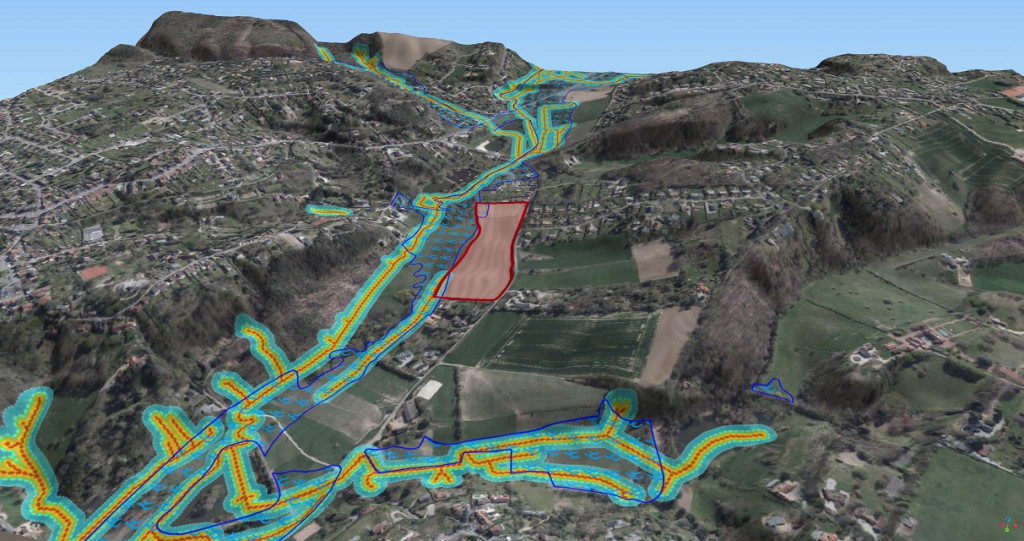In line with the motto: "Prevention is better than cure", the SPGE (Public Water Management Company) and the CRA-W have responded to this simple but highly complex question by proposing the creation of a web platform focusing on water resource protections.
Due to their intensive use, which dates back to the 1950s, plant protection products have greatly contributed to what is commonly called "the green revolution" - a dramatic increase in the yield and productivity of agricultural systems. However, the use of these products has also placed considerable pressure on the environment, the water resources, the soil microbiota, and even human health.
These pressures can be classified into two groups. One therefore distinguishes diffuse pollution, where the pressure is due to the repeated application of a product over a large surface, from point source pollution which, by contrast, happens accidentally and/or is very localised. The latter generally occurs when a product is mishandled or applied to an area of increased sensitivity, which leads to the product seeping into the waterways or water tables. This is related to the low retention time of these areas which does not allows sufficient degradation of the active ingredient into harmless by-products.
In regards to this problem, the RISKPPP project aims to prevent point source pollution by creating an application with a cartographic interface that identifies and highlight these sensitive areas. These areas are described in Walloon Government decrees and agreement acts by a series of pedological, hydrological and cadastral parameters. Therefore, in order to prevent the contamination of surface or underground water and protect the environment and the population, these areas must remain untouched from all pesticide applications.
This application, which is intended for farmers and advisers from management organisations, will enable its users to obtain exhaustive reports on the distribution of areas of increased sensitivity on their agricultural plots. Finally, to reduce additional workload related to the monitoring of these areas, the application has an integrated module that enables users to export the areas concerned into tractor consoles.







